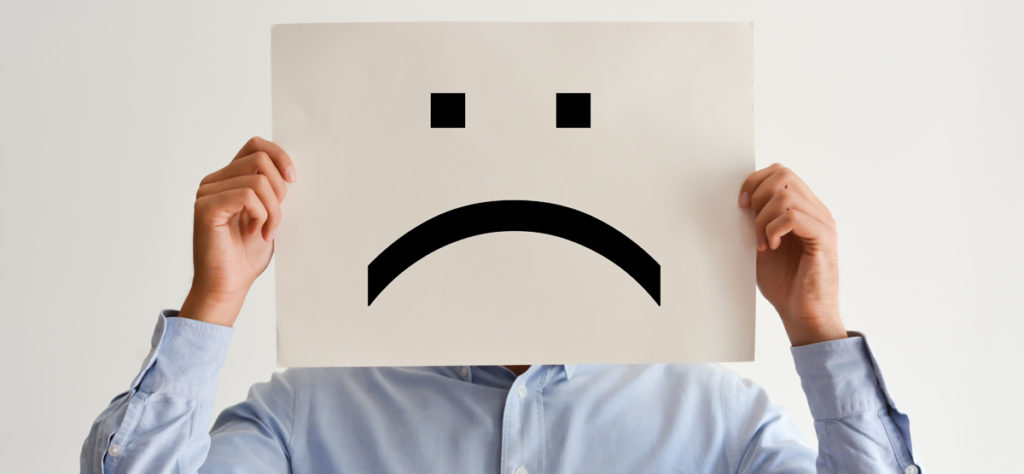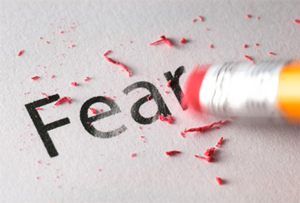Did you know that hypnosis is just as effective when delivered online? Talk to us today about scheduling your session from the comfort of your own home..
Melting away phobias, fears and anxiety with hypnosis

Many people suffer from irrational fears or phobias. According to the National Institute of Mental Health, the percentage of people with anxiety disorders has been on the rise in recent years and continues to increase.
These types of fears are situations where a person harbors irrational fears about something that, in reality, poses little or no danger. People often refer to these reactions as fears, phobias or anxiety interchangeably, and they all respond very quickly and positively to hypnotherapy protocols designed to work with fears. I will use the term phobia in this article for ease of reading purposes.
Phobias often develop during childhood and become aggravated during adulthood (although they can develop in adult years) and people often carry them around for decades, unaware of the fact that they can easily be eliminated using hypnosis. The fears are usually unreasonably exaggerated; when you have a phobia you feel as though you have no control over those feelings, in spite of knowing on a conscious level that the fear is irrational.
Phobias bring about feelings of fear and anxiety and really inconvenience the victim by limiting their activities as they build their life “around” the phobia. If left untreated, phobias can lead to further detrimental effects, incapacitating the victim in situations that trigger the fears.
Types of phobias
There are generally four types of phobias:
- Natural environment phobias – fear of heights, storms, water, darkness, etc.
- Animal phobias – fear of snakes, cats, spiders, frogs, dogs, etc.
- Blood-injection-injury phobias – fear of injury, Needles, Injections in hospitals, fear of blood etc.
- Situational phobias – fear of flying, dentists, driving, tunnels, and bridges, and social situations such as speaking in public, dating, and so on.
Regardless of the type of phobia, they are all formed in the same way in the mind, and they all release in a similar way, using protocols designed for fears, phobias and anxiety, under the direction of an expertly trained Dublin Hypnosis Clinic Hypnotherapist.
Phobias are actually examples of the mind “mis-wiring” two unassociated things together, creating an erroneous association between the object (dog, bee, audience, etc.) and the feeling (the fear reaction). The irrationality of the fear or phobia is easy to see, since prior to developing the phobia many people had no fear of the particular thing or situation at all, so they understand that the object that triggers their fear is not inherently dangerous or frightening. And yet, until the association in their mind is released, they do not feel that they have control over experiencing the fear reaction. This lack of control leads to a fear of feeling the fear itself, and this can become more limiting than the original fear of the trigger.
Symptoms of phobias
The most common indication of a phobia is a feeling of fear or anxiety when exposed to the situation or thing which triggers the fear. Common symptoms include accelerated heartbeat, nausea, dizziness, shortness of breath, chest pain, hot/cold flashes, numbness or tingling sensation, trembling, choking, fear of fainting or losing control of oneself.
This is the result of the fight-or-flight reaction, which occurs when the amygdala (a tiny, almond-shaped cluster of cells in the center of your brain) is triggered. Hypnotherapy helps sufferers in two ways: first, by desensitizing you to your specific trigger (breaking the association); and second, by training you how to create the relaxation response on command. This creates a sense of control that most anxiety sufferers felt they had lost.
You don’t have to live in fear. Hypnosis can help you regain control of your life. Go ahead and engage the power of hypnosis, which is the power of your own mind, to get out of the prison of fear.
